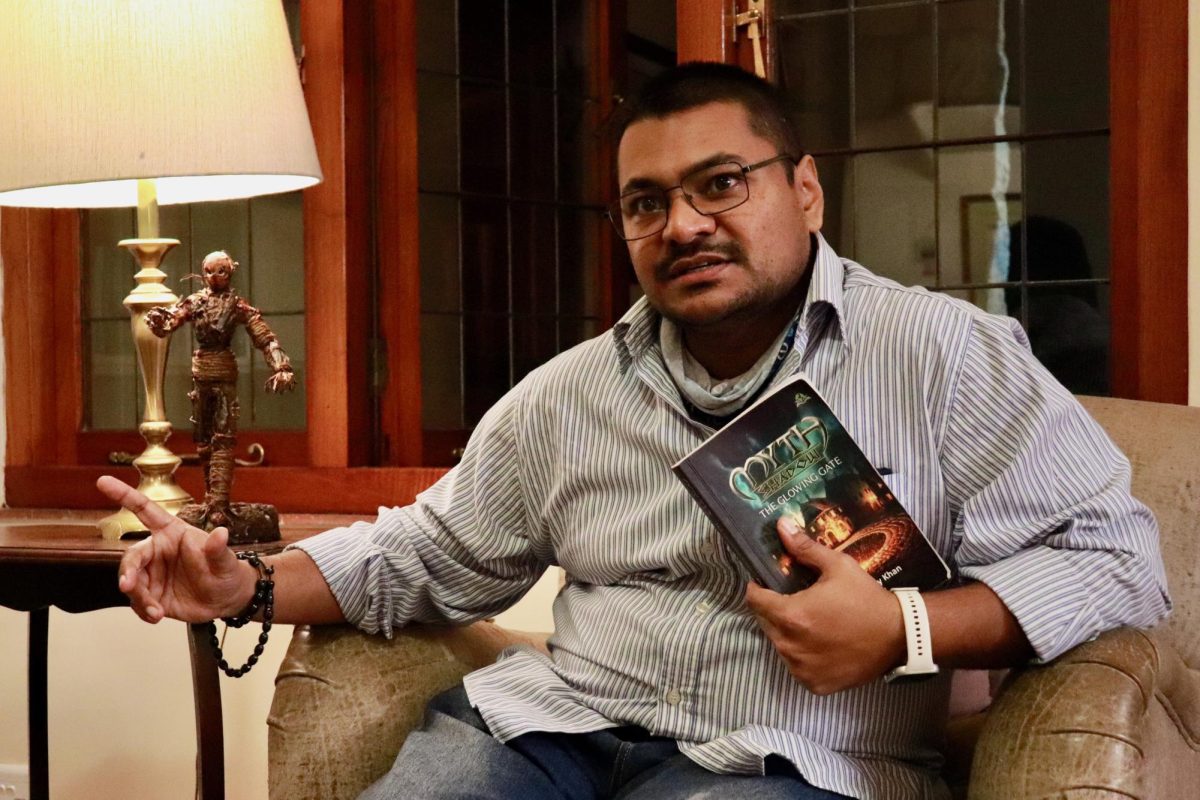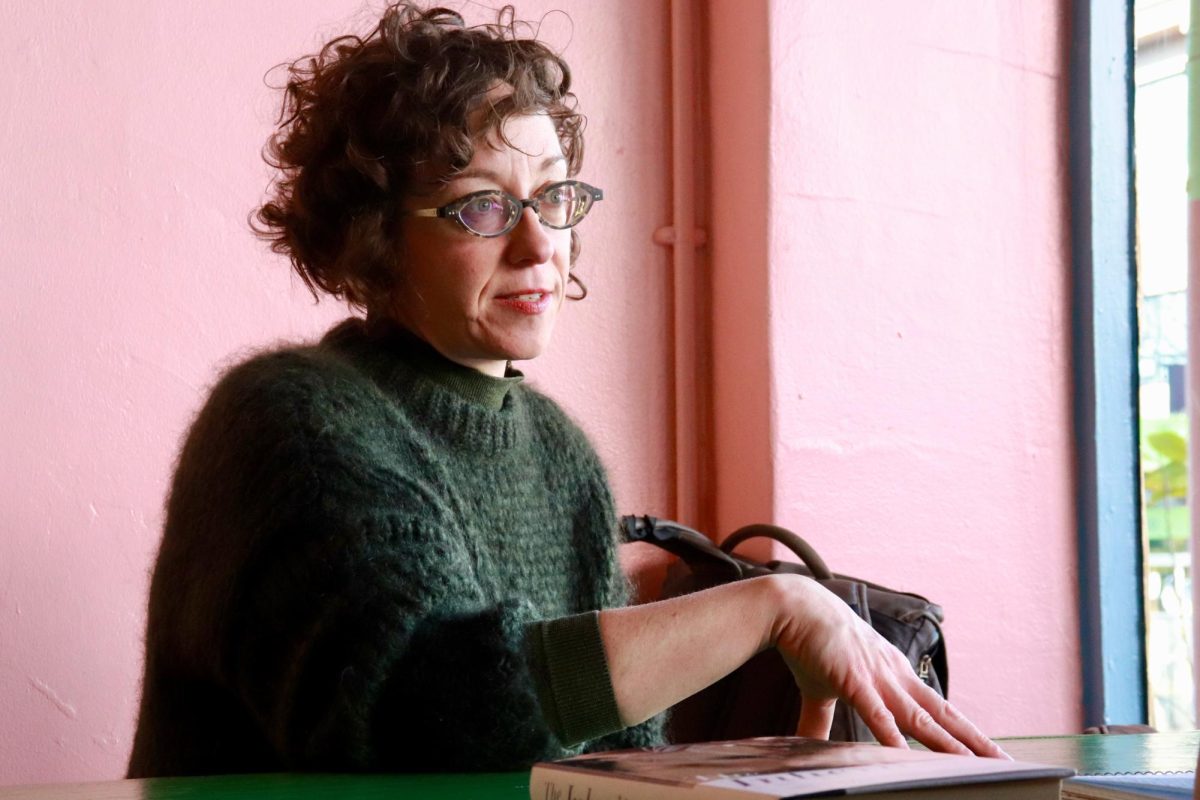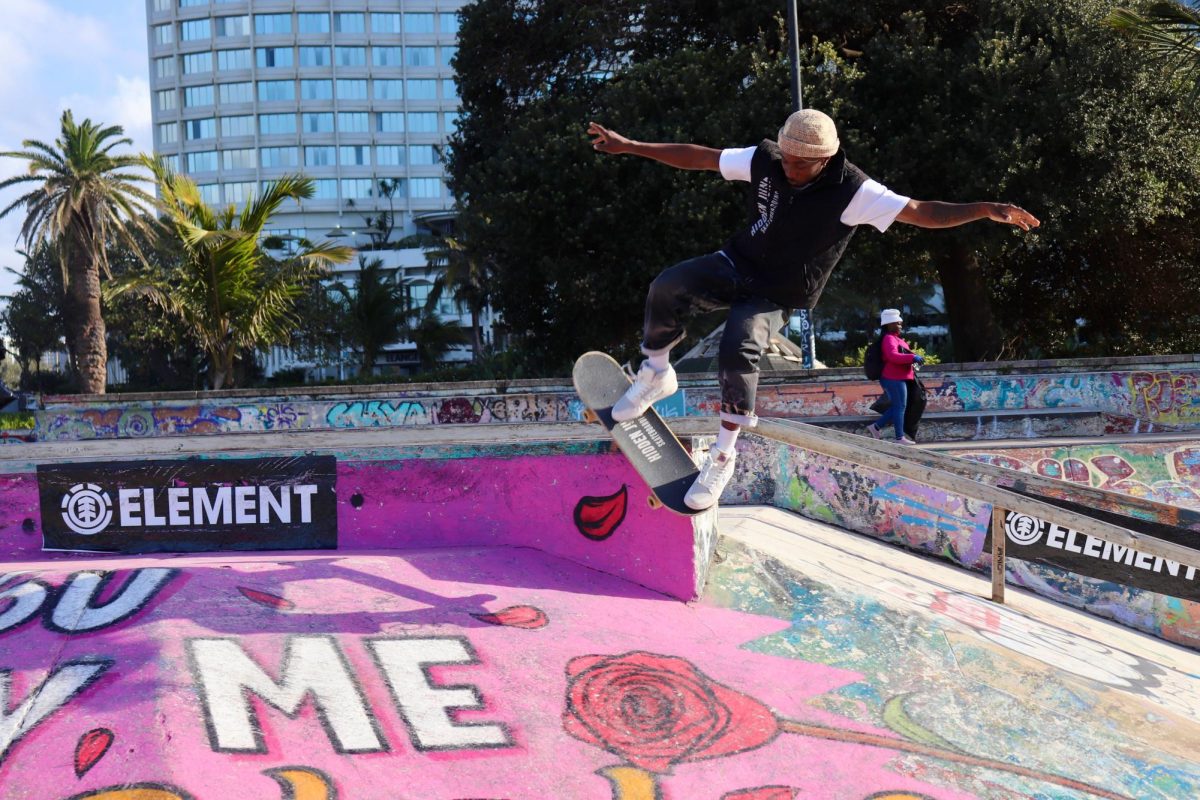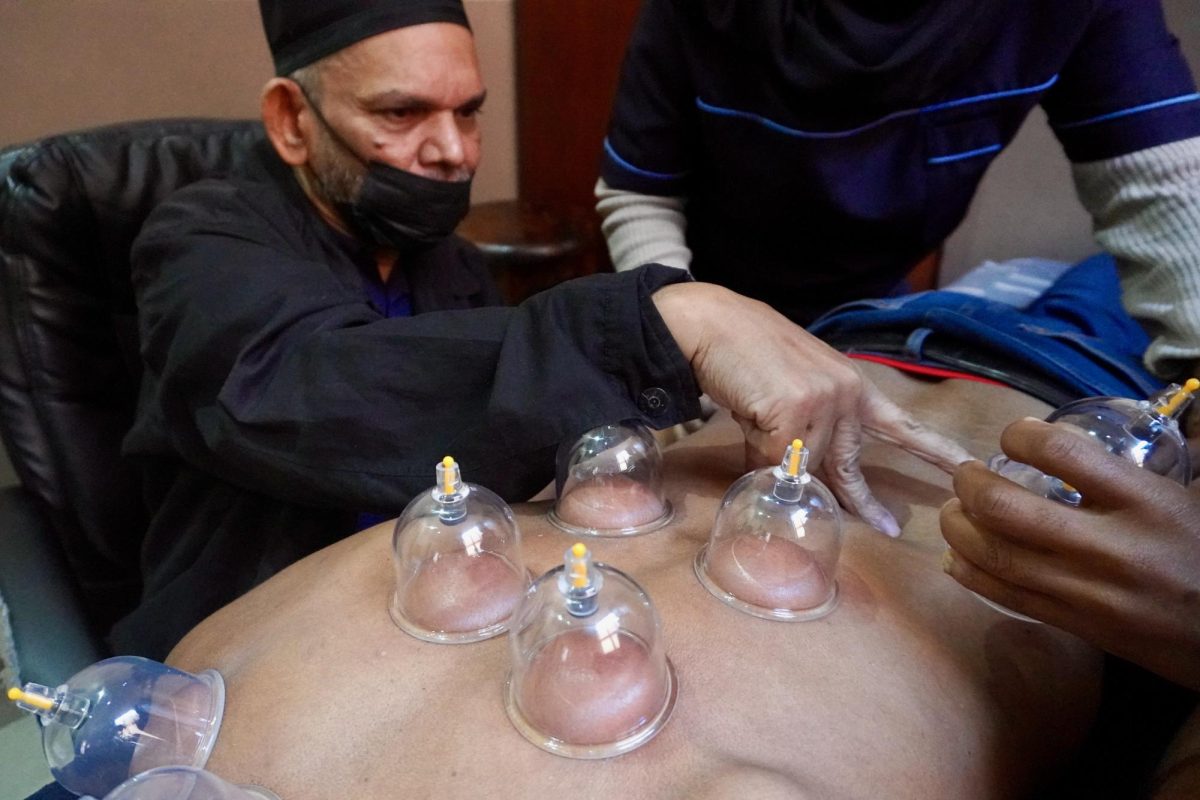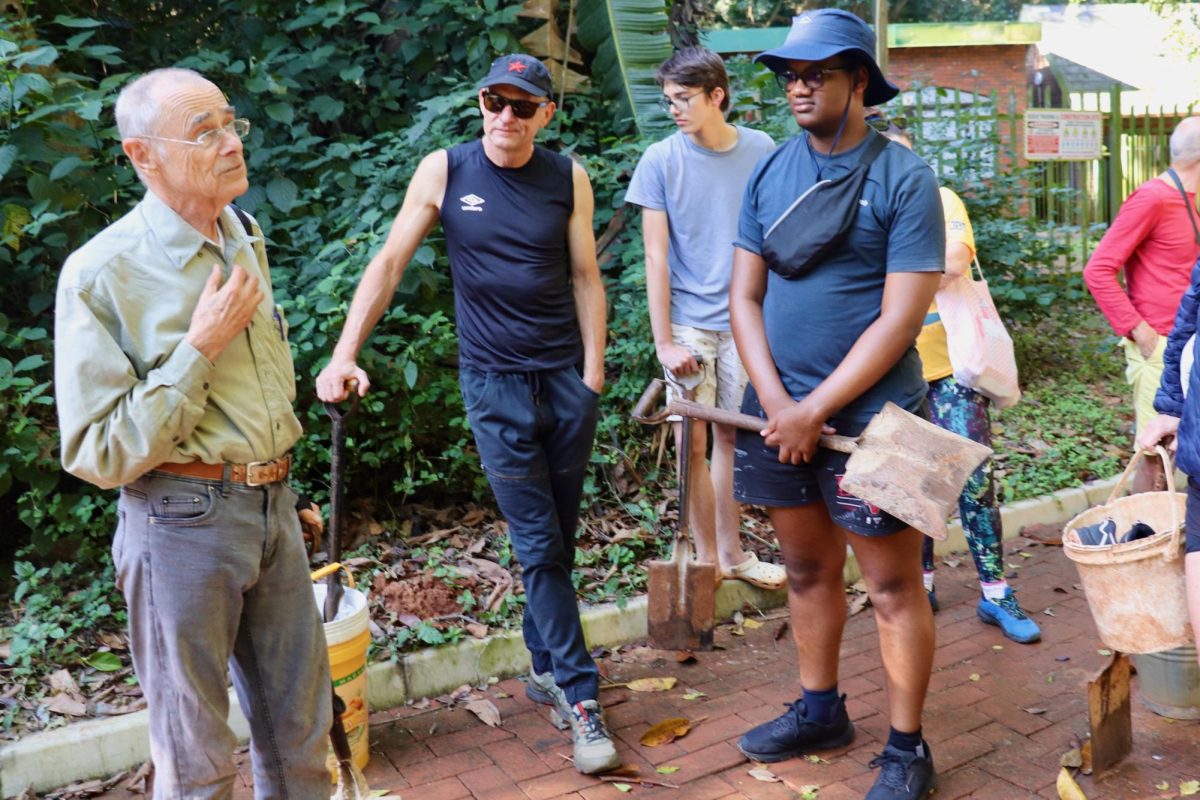No history of professional baseball in Philadelphia is complete without the Philadelphia Stars, and yet many modern-day fans have never heard of the once prominent Negro League team.
Like much of the history of Negro League baseball, the Stars slipped into obscurity. But for nearly two decades, the team gave mostly African American baseball players, who were denied an opportunity to participate in the white Major League, a chance to play professional ball.
The Negro baseball leagues, established in 1920, were comprised of seven professional baseball leagues located across the U.S.
Throughout the 1920s, small local clubs dominated the Negro baseball scene in Pennsylvania, including teams like the Hilldale Athletic Club and the Darby Phantoms Athletic Club, in Darby, Pennsylvania. The city of Philadelphia remained without a competitive team in any of the leagues.
That all changed in 1933 when local baseball-lover and Philadelphia businessman Ed Bolden teamed up with a white booking agent and sports executive Ed Gottlieb, the owner of the Philadelphia Warriors basketball team, to found the Philadelphia Stars, who would play their inaugural season as a team independent from any established professional baseball league.
That same year, a businessman from Pittsburgh by the name of Gus Greenlee formed the Negro National League, which came following the disbandment of the original Negro National League, brought on by the Great Depression.
Greenlee desperately wanted a Philadelphia-based team for his new league, and when initially approached, Bolden and Gottlieb were reluctant to join the newly formed association. While Bolden felt his team could maintain financial success as an independent franchise, his team’s popularity dropped.
By 1934, the league’s second season, Bolden decided to accept Greenlee’s invitation and officially made the Philadelphia Stars a member of the Negro National League.
In their first season as a team in the Negro National League, the Philadelphia Stars played at Passon Field, located at 48th Street and Spruce Street, about three and a half miles from St. Joe’s campus, which is now known as Pollock Field.
The Stars were led by a mix of both veterans and rookies, with the average age on the official roster being 32 years old.
Forty-year-old Chaney “Reindeer” White led the team with an average of .307 during the 1934 season, but the most impactful player was 38-year-old Ernest “Jud” Wilson, who was second on the team in homeruns, first in RBI’s and would be elected to the Baseball Hall of Fame in 2006.
The Stars were led by all-star pitcher Stuart “Slim” Jones who, at 21 years old, stood a whopping 6 feet 6 inches and managed 20 wins and just five losses with an ERA of 1.91 and a WHIP of .74.
The Philadelphia Stars’ first season in the Negro National League proved to be their best, as they played their way into the Negro National League Championship. As winners of the 1934 season’s “Second-Half,” they played against the league’s winner of the “First-Half,” the Chicago American Giants.
The matchup was set for a seven-game series between Philadelphia and Chicago. Initially, the first four games were played in Chicago, where the Giants picked up three wins to the Stars’ one. But as the series flipped to Philadelphia for the final three games, there was an unexplained 10-day delay before their fifth game.
The Stars would pull out a win in game five following the delay, pushing the series to 3-2, but game six saw chaos, as Wilson punched an umpire, an action that should have called for his immediate ejection from the game. But the umpire refused to throw Wilson out in such an important matchup and, despite complaints from the Giants coach, Wilson remained in the Stars lineup and helped his team to a win, tying the series at 3-3 and forcing a game seven.
Game seven was a tight matchup between the two sides, playing to a 4-4 draw. Eventually, the game was called off due to darkness and ruled a tie, moving the series record to 3-3-1 and forcing a decisive game eight between the Stars and Giants.
Led by ace pitcher Jones, the Stars managed a gritty 2-0 victory in game eight, carrying the team to a Negro National League Championship in the club’s first season in the league. To date, the win remains one of the most controversial championship victories in baseball history.
The Stars remained members of the Negro National League for 14 more seasons until the team’s financial collapse following the 1948 championship. The Stars switched to the Negro American League, which was formed in 1937 and started growing in popularity by the 1940s. Philadelphia spent three years in the Negro American League before a sharp decline in popularity forced the club to fold at the end of the 1952 season.
Relics of that historical team sit at 44th Street and Parkside Avenue, home of the Philadelphia Stars Negro League Memorial Park. The park features a Pennsylvania Historic site marker that references Negro baseball in Philadelphia, a Negro League memorial statue and a mural celebrating the legacy left behind by the Philadelphia Stars.
In recent years, the MLB has begun to take steps to ensure the history of Negro League baseball is preserved. There are 35 Negro League players who are currently elected members of the Baseball Hall of Fame. In 2020, the MLB began counting Negro League statistics for the MLB’s official record books.
The Stars are officially part of that record.








